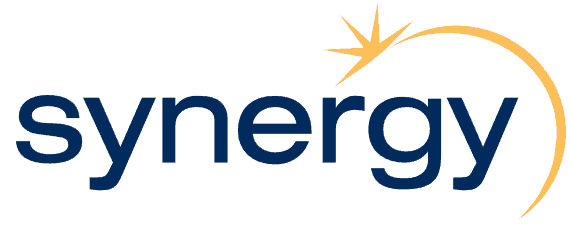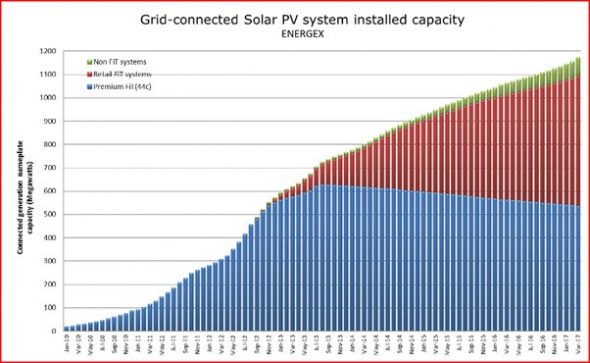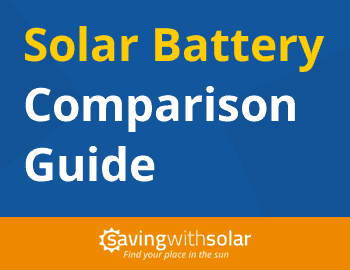Government-owned Synergy has entered the market in Western Australia for the sale and installation of solar and battery storage systems. This has caused an uproar – with many existing small businesses calling it ‘blatantly unfair competition’ and decrying the fact that a government-owned corporation with substantial competitive advantages will compete directly with small businesses.
Synergy and the Potential Conflict of Interest

Synergy is a Government-owned corporation (website here), fully owned by the Government of Western Australia. Synergy, Verve Energy, Horizon Power and Western Power were created in 2006 as a result of the breakup of Western Power Corporation. On 1 January 2014 the retailer (Synergy) merged with the state-owned generation business (Verve Energy). They have a legislated monopoly to buy/sell all energy generated by PV solar systems on residential premises for the whole of Western Australia. According to Wikipedia, Synergy is Western Australia’s largest energy retailer and generator with more than one million industrial, commercial and residential customers, generating total annual revenue of more than $3.2 billion (14/15 financial year).
They recently entered the market for the sale and install of domestic solar/storage systems (which generally cost between $3,000 and $10,000,) competing directly with small businesses.
Garry Itzstein and the National Electrical and Communications Association
A letter written by Garry Itzstein to the Small Business Minister, The Hon. Paul Papalia, is currently doing the rounds. Mr Itzstein is the Executive Director of the NECA (National Electrical and Communications Association) in Western Australi, which is a peak industry body representing the interests of electrical and communications contractors Australia-wide.
Mr Itzstein’s letter advises that the NECA WA “strongly urges the government to reconsider the previous government’s decision to allow Synergy to compete in the solar and battery storage installation market”, citing already increased competition and declining demand severely affecting existing small businesses.
According to the letter, Synergy would be able to use their ‘monopoly status, financial strength and government subsidies’ to:
- 1 . advertise heavily to its existing customer base (which is the entire retail market of electricity consumers)
- leverage considerable purchasing power over equipment suppliers
- leverage considerable purchasing power over installers (in the end, these systems must be installed by a licenced electrical contractor)
- apply its vast marketing budget
- undertake pricing that borders on predatory
We’re inclined to agree – it seems unfair that Synergy are able to enter the domestic solar and storage market in WA and compete against existing businesses, given their huge and unfair advantages. What do you think? Sound off in the comments…
Click to read: Garry Itzstein and the NECA’s letter to Paul Papalia re: Synergy


